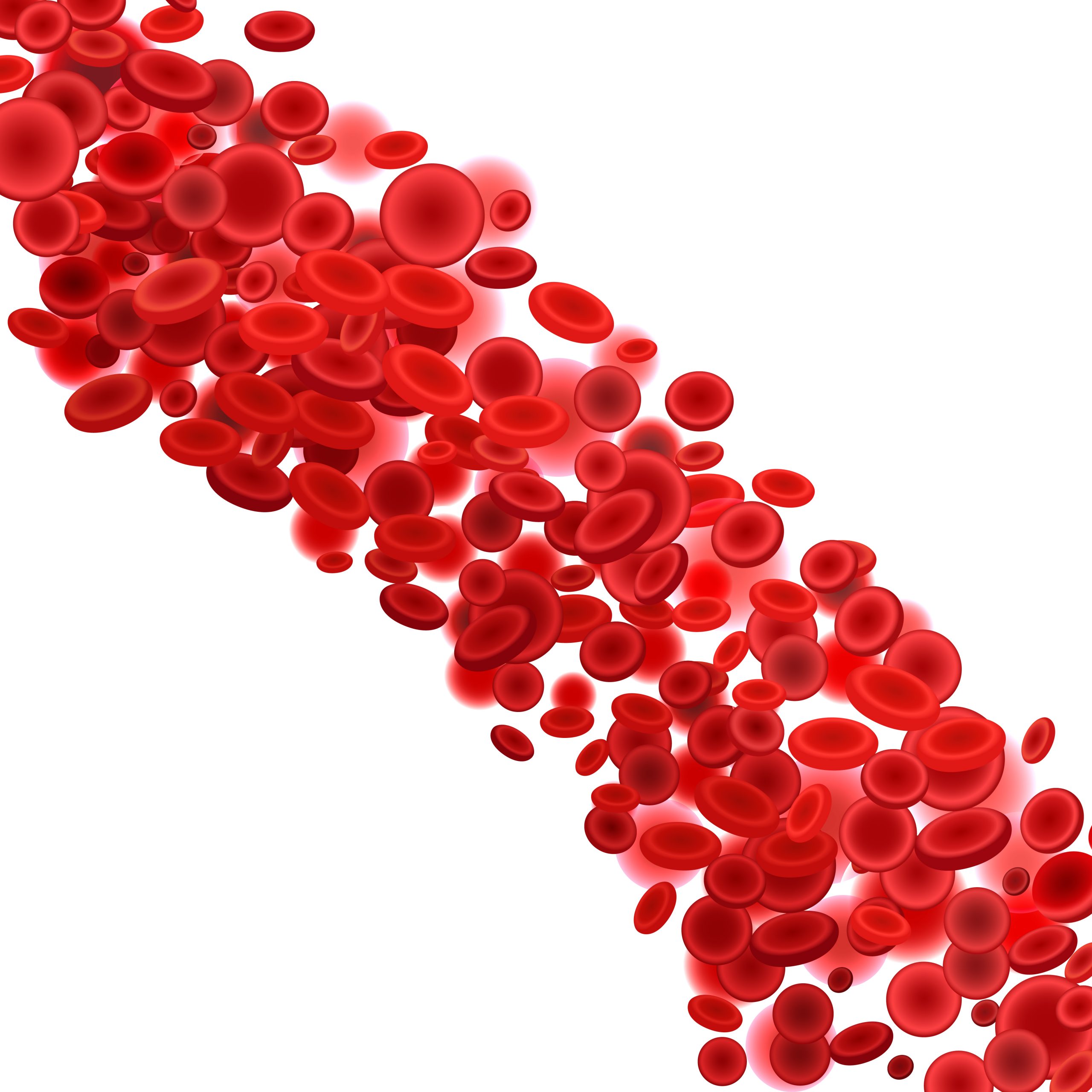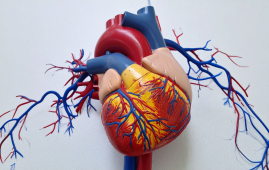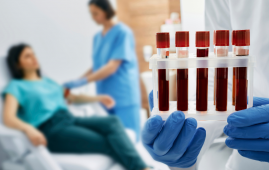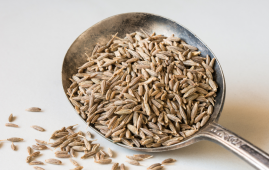

Surviving substantial blood loss following a catastrophic injury, such as a gunshot wound, has a 50% chance of success. A patient needs two things to happen fast in order to survive: a massive infusion of blood and coagulation at the site to halt the bleeding.
The issue is that one of these options precludes the other. Injecting a significant amount of blood into someone who is suffering from a severe hemorrhage inhibits the blood’s capacity to clot, a condition known as coagulopathy.
Tulane University researchers have now identified the source of coagulopathy in trauma patients getting blood infusions. They also discovered that dimethyl malonate, a synthetic molecule commonly used in perfume manufacture, has the capacity to reverse coagulopathy following a major hemorrhage. The findings are included in a new paper published in Science Advances.
“Coagulopathy of trauma is a major contributor to mortality, but no treatment has shown to be fully effective,” said Olan Jackson-Weaver, Ph.D., assistant professor of surgery at Tulane University School of Medicine and corresponding author on the study. “We were getting 60% mortality with our animal model. With dimethyl malonate, we got zero percent mortality, and the coagulopathy completely went away.”
As a result of gun violence, trauma is a primary cause of death in the United States, particularly among children and young adults.
According to recent research, coagulopathy during large hemorrhage treatment is most likely caused by the shedding of the glycocalyx, a sugar-based barrier that surrounds and protects cells. The glycocalyx coats the walls of blood vessels and keeps blood from clotting. This is the first study, however, to identify the biological mechanisms that lead the glycocalyx to be ripped apart.
The study discovered that when a person loses blood, his or her cells lack the oxygen needed to digest succinate, a vital component of the cell’s energy-generating cycle. Because it cannot be digested, succinate accumulates. When a significant volume of blood is injected into a trauma patient, the succinate is digested too quickly, resulting in a change in the structure of the plasma membrane lipids. This exposes the glycocalyx, allowing enzymes to break it up and mix the shreds into the bloodstream, where they inhibit clotting.
“People have been trying to figure out ways to move the needle a little bit on the death rate from massive hemorrhage for the last 20 or so years and nothing has really worked,” Jackson-Weaver said. “We’re hopeful that understanding these cellular-level events can help to develop something that actually does make a big difference.”
Dimethyl malonate inhibited excessive cellular metabolism in animal studies, preventing the glycocalyx from shedding and causing coagulopathy.
However, Jackson-Weaver believes that additional research is needed to discover whether dimethyl malonate is safe for humans or whether a comparable medicine that targets cellular metabolism may be developed.
We’ve established this pathway that causes coagulopathy, so if we can target it therapeutically with a pre-hospital drug or injection, we can hopefully save some lives,” Jackson-Weaver said.
more recommended stories
 Genetic Diversity Explains Obesity Risk Differences
Genetic Diversity Explains Obesity Risk DifferencesCross-ancestry Study Identifies Novel Obesity Genes.
 Meniscal Tear and OA Pain Improved by Home Exercise
Meniscal Tear and OA Pain Improved by Home ExerciseHome Exercise Proves Effective for Knee.
 AI ECG Model Outperforms Standard STEMI Triage
AI ECG Model Outperforms Standard STEMI TriageNovel AI ECG Model Outperforms Standard.
 New Software Transforms Real-Time Pathogen Surveillance
New Software Transforms Real-Time Pathogen SurveillanceReal-Time Pathogen Surveillance Software Transforms Environmental.
 Bright Nights May Increase Stroke, Heart Failures in Adults
Bright Nights May Increase Stroke, Heart Failures in AdultsBright Nights are tied to increased.
 Cannabis Use Linked to Regular Tobacco in US Youth
Cannabis Use Linked to Regular Tobacco in US YouthCannabis Use and Tobacco Risk: A.
 Mediterranean Diet Reduces Endometriosis Risk in Women
Mediterranean Diet Reduces Endometriosis Risk in WomenMediterranean Diet and Endometriosis: A Promising.
 Night Shifts May Trigger Irritable Bowel Syndrome (IBS)
Night Shifts May Trigger Irritable Bowel Syndrome (IBS)Night Shifts and Digestive Health: Linking.
 Blood test shows promise for faster ALS diagnosis
Blood test shows promise for faster ALS diagnosisSummary / Key Points A UCLA.
 Caraway seed chemistry yields anticonvulsant leads
Caraway seed chemistry yields anticonvulsant leadsA team led by UNLV researchers.

Leave a Comment